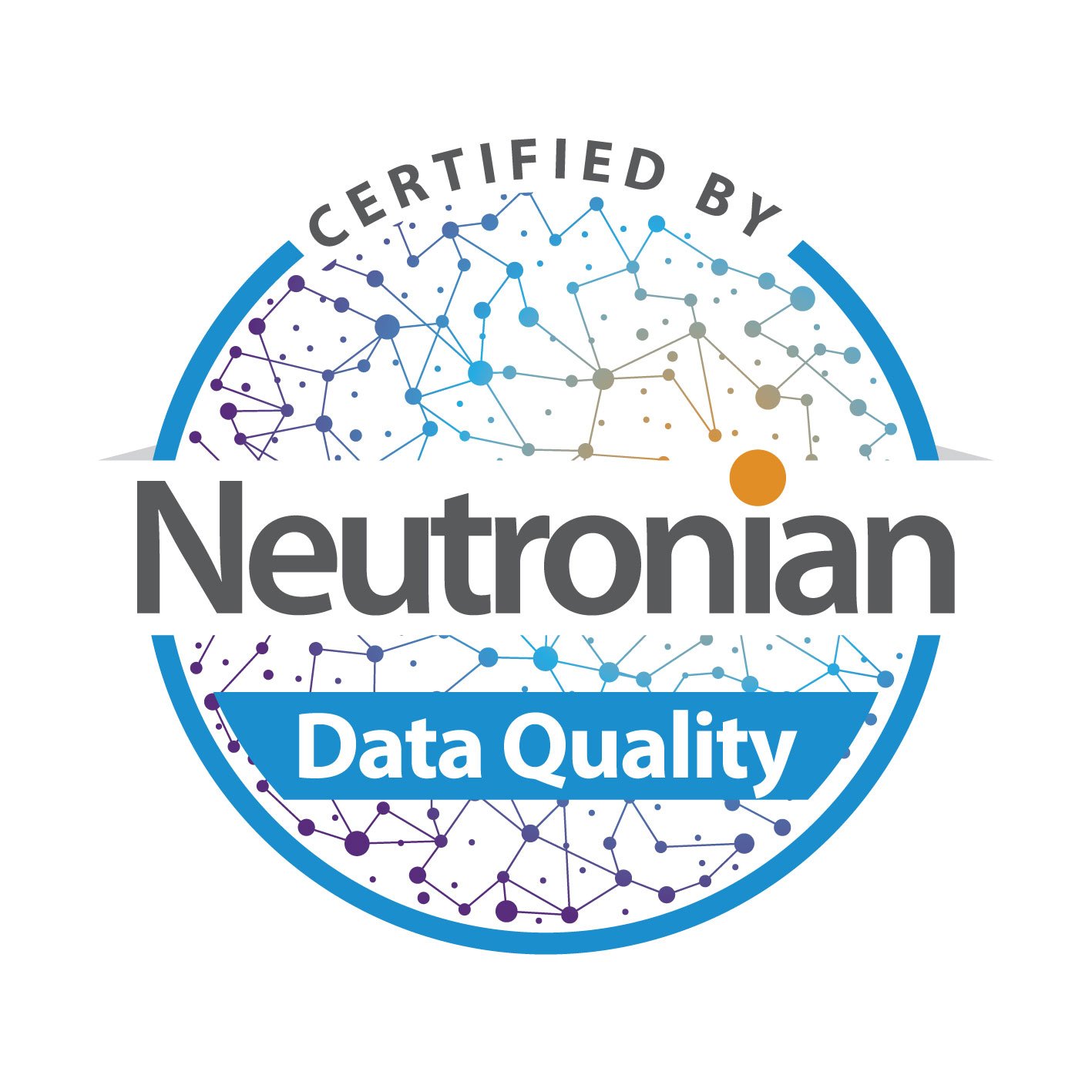Programmatic trading revolutionized how online ads are bought and sold. DSPs are standard tools for ad buyers, helping brands pursue their audiences across the internet and buy at scale with increased efficiency. Meanwhile, digital publishers adopted SSPs to open up their inventory to more buyers and increase yield.
We’re now entering a period where TV is finally catching up with the digital revolution. As advanced and connected TV earn greater investment, it only makes sense that the same programmatic operating system of DSPs and SSPs would take hold in the digital TV ad world.
While we are seeing that on the macro level, the very nature of TV is creating some nuanced shifts in how SSPs operate – enough that this could actually change the SSP model for the entire digital ad ecosystem as well.
Tricky third-party data
Third-party data is an invaluable part of online advertising, helping advertisers find audiences across the web. The primary way that advertisers have activated third-party data is on the demand-side, through a DSP. This has changed in recent years as Google’s stance on third-party cookies has led to industry-wide experimentation and adjustment.
DSPs are still the primary place for running audience targeting campaigns and many platforms are continuing to innovate different options. Yet one emerging trend is to activate third-party data segments on the supply-side, necessitating SSPs to initiate the data instead. This is a clear opportunity for the SSPs because adding third-party data to private marketplace deals allows their customers to pair targeted audiences with great inventory. SSPs would also receive a revenue share for any data used in the transaction.
While this seems like a win-win for the SSPs and ad buyers, the concept hasn’t scaled. This is in large part due to the way data has historically been purchased and activated. Many DSPs have highly evolved buying optimization features that leverage data to maximize ROAS (thus the “Demand” part of the name) – their core role is to work in a buyer’s best interest, not the publishers. Buyers have been conditioned to activate data as part of their media buys through DSPs, and most data companies have made their offerings available across all of the major buying platforms. SSPs now need support in marketing to buyers so
CTV on the rise
While this is happening in the traditional display and digital video space, internet-delivered TV advertising has grown incredibly fast, in terms of both available inventory and advertiser investment. Whether you call it CTV or advanced TV, this is clearly the hottest channel in advertising, with the power to not only revolutionize TV spending, but also digital.
As digital TV explodes, buyers and sellers face the same challenges they did in the open web online. As new networks and platforms emerge, they are quickly looking to fill their ad inventory. Buyers, meanwhile, want to engage their audiences, especially those that are not reachable via traditional linear TV.
These buyers’ needs really separate CTV from linear. Digitally-native buyers are eager to seize on the audience targeting capabilities. Other advertisers who have spent on linear for years are looking for incremental reach. Nearly every party is enticed by the fact that CTV promises to show that TV actually works as a data-driven medium. Solutions like unified auctions are injecting much-needed transparency into the market, but buyers still need more.
SSP identify shift
While SSPs can surely help organize inventory into real-time auctions, this is where we’ll see a major change. Many publishers felt (and still feel) pushed aside in the programmatic ecosystem, forced to adopt the necessary technology that gives them revenue but also potentially undercuts their direct-sold revenue.
TV content owners, be they traditional broadcasters or newer platforms, are trying to avoid any kind of commoditization or undercutting of their pricing. So while these platforms absolutely need SSP technology to maximize their yield and meet advertiser expectations, it’s also in their best interest to keep the inventory under their control as much as possible.
TV SSPs will therefore function differently, as the networks will want greater control over who has access to their inventory and what kind of pricing floors they want to apply. This is much closer to the way that TV is traditionally sold – and it’s also much closer to the supply-side activation, private marketplace model that SSPs are trying to get off the ground.
Buyers should anticipate that most programmatic CTV will leverage supply-side data activation in some way, so they need to be familiar with the practice. And as these brands and agencies get more comfortable with the strategy on the CTV side of things, it should trickle down to the digital video and display market.
Many early streaming buyers are fully programmatic native brands, so these buying practices are not new. As these brands increase their investment in CTV, it will help pave the way for a new SSP model. Sellers, in turn, must create a frictionless path to purchase.
CTV represents an opportunity for the ad industry to build a market that satisfies all stakeholders, including buyers and sellers. In doing so, they’ll rewrite the rules of SSPs on a higher level, ushering in an age where SSPs are fulfilling clear needs for both buyers and sellers.

















Submit a Comment